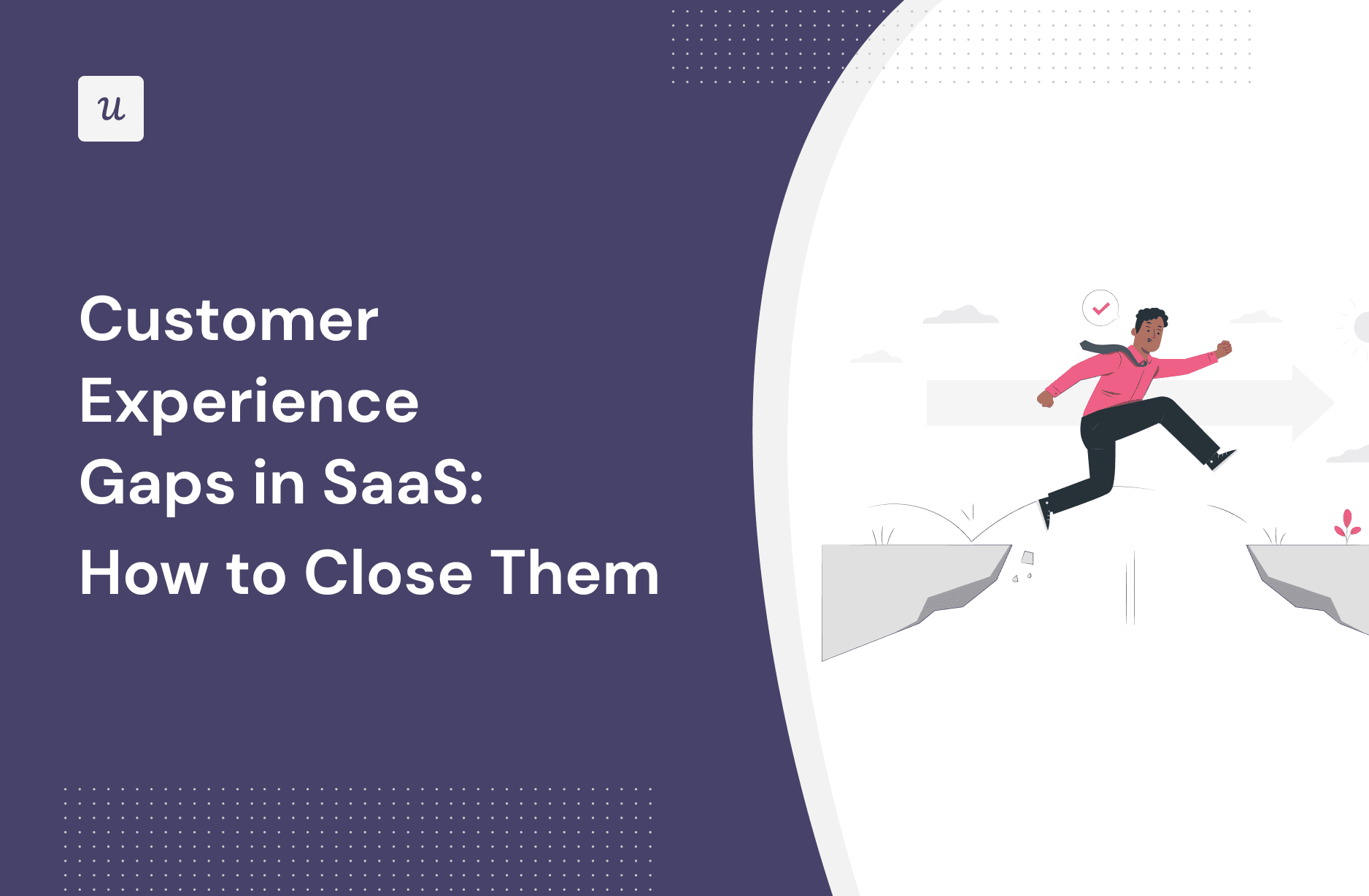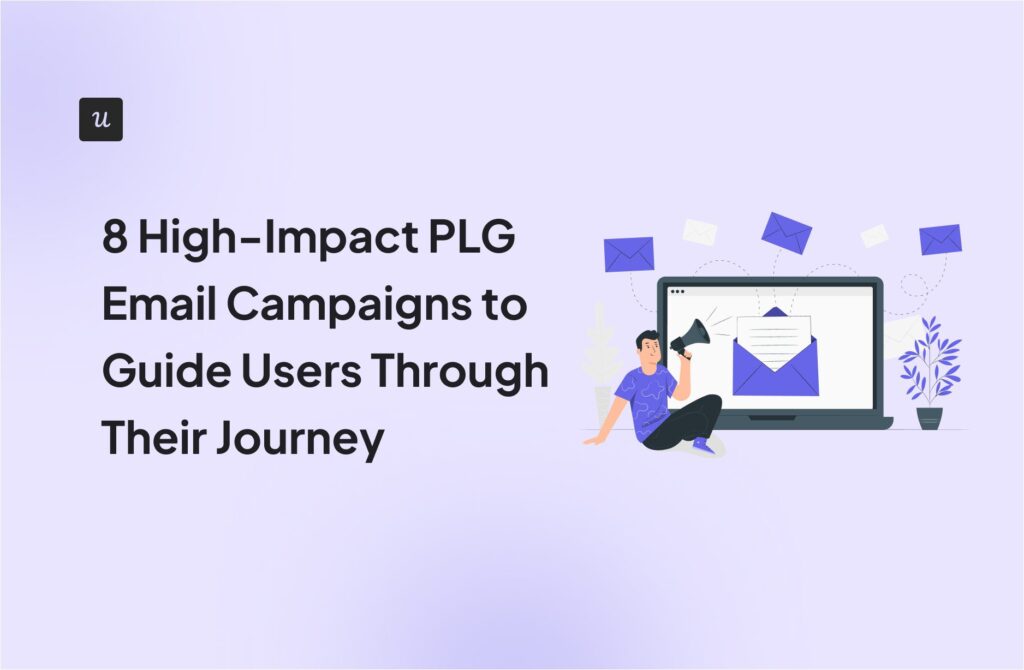
Get The Insights!
The fastest way to learn about Product Growth, Management & Trends.
What are customer experience gaps?
A customer experience gap is the difference between what customers expect and their actual experience with a product or service.
For example, if a customer expects prompt tech support, and you don’t provide it, that’s an experience gap. You could have the best-in-class product, but what matters is the overall experience that comes with it.
Understanding these gaps helps companies identify weaknesses and gather insights on how to improve business performance.
How are customer experience gaps created?
Put simply, a customer experience gap is created every time companies do not give customers what they want and expect.
Such unmet expectations can occur due to several reasons. You might lack insights about the customer journey and their expectations. Perhaps your product is such that it requires some initial onboarding, but you don’t provide any, leading to an experience gap.
Let’s talk about more potential problem areas that create experience gaps and hinder growth capabilities.
Poor understanding of the customer journey
A customer experience gap can occur at various stages throughout customer journeys. A great way to identify crucial points where you might be going wrong is through a customer journey map.

The map helps visualize all the steps a customer takes to complete a task when using your product. Once it’s visualized, it becomes easier to uncover problem areas.
If you don’t have sufficient data or expertise, you won’t be able to build a journey map. This will make it harder to understand how users engage with your product or what their pain points are. Without this data, you’ll be unable to provide solutions, thereby creating an experience gap.
Lack of user onboarding
Many companies underestimate the learning curve users go through when using a new product. They believe that since the product is so amazing, customers are immediately going to love it.
However, it isn’t always that simple. Customers might think your product is right for them. But what happens when they sign up and struggle to understand how to use your application?
The answer: an experience gap!
Complicated digital experiences coupled with no guidance and customer onboarding will only result in poor engagement and lower product adoption.
No omnichannel customer experience strategy
When engaging with customers, your company needs to present consistent messaging. You can’t have different perspectives across channels – that will only confuse customers and reduce company credibility.
Unfortunately, that is exactly what happens in most companies. The various teams all manage customer interactions in their own silos, according to their own goals. All this only results in a cumbersome customer experience.
For example, imagine receiving an email about a new feature launch. But when you click on it to check out the product, you struggle to find it anywhere because there isn’t any in-app communication about the new feature.
By not providing an omnichannel customer experience, you put yourself at risk of yet another experience gap.
How to close experience gaps and meet customer expectations
Now that you have greater insights into how experience gaps are created, let’s talk about what you can do to close them.
Some effective ways to close the experience gap include asking customers for feedback and analyzing your customer journeys. You can also introduce product walkthroughs and publish articles or videos on how to use features that customers seem to struggle with.
We discuss all these possible solutions, and more, in greater detail below.
Tap into user sentiment with in-app feedback surveys
How can you close an experience gap without hearing what the customer has to say about it? This is why the first step to resolving any gap is asking customers for their feedback.
The best way to do this is by using a survey tool to create and trigger in-app product feedback surveys to understand how well you are meeting expectations. You can also try using different types of surveys for greater insights. For instance, use NPS to gauge user sentiment and CSAT to dig deeper into customer experiences.

Identify gaps in the user journey with funnel reports
Funnel reports help identify weaknesses in the customer journey and highlight any drop-off points, i.e. interactions where customers leave the funnel altogether.
You can then cross-check with customer feedback to understand the reasons behind the drop-offs. This way, you are utilizing both qualitative data and quantitative metrics to your benefit to help implement solutions.

Understand usage with trends analysis
By studying user interactions with your product, you can determine usage patterns, such as which features are used the most.
Based on these patterns, you can also verify if users are behaving how you expect them to. If they aren’t behaving as per expectation, that signals a possible experience gap. You can then work on optimizing the particular usage path by improving the user experience.

Use collected data to design user-centric product walkthroughs
A product walkthrough is a tutorial that walks users through how to use your product, helping them derive maximum value from it. It is an essential component to help customers feel more comfortable with your product.
To design an interactive product walkthrough, use the data collected from the feedback surveys and funnel reports. Identify if there are any features that users previously struggled with and focus on those in the walkthrough to deliver improved customer satisfaction.

Remove friction and experience gaps with in-app resources
You won’t be able to cover every experience gap during the product walkthrough, and that’s fine. Instead, for every experience gap you identify, provide an article, video, or FAQ regarding it.
Make sure that this entire knowledge base is accessible from within the app via an in-app resource center to bridge the gap between friction and its solution. You can also show each user personalized in-app articles based on their needs and preferences, while still giving them the option to explore other articles as well.

Conclusion
If you don’t give customers the value they expect, you’re going to end up with increased churn and lower product adoption. This is why it’s vital to understand what customers are looking for and then try providing it to them.
To bridge an experience gap, gather customer feedback and analyze user journeys to uncover actionable insights. On top of this, introduce product walkthroughs and offer in-app knowledge bases to provide a more satisfying customer experience.
Want to get started with closing customer experience gaps? Get a Userpilot demo and see how you can exceed all customer expectations.






